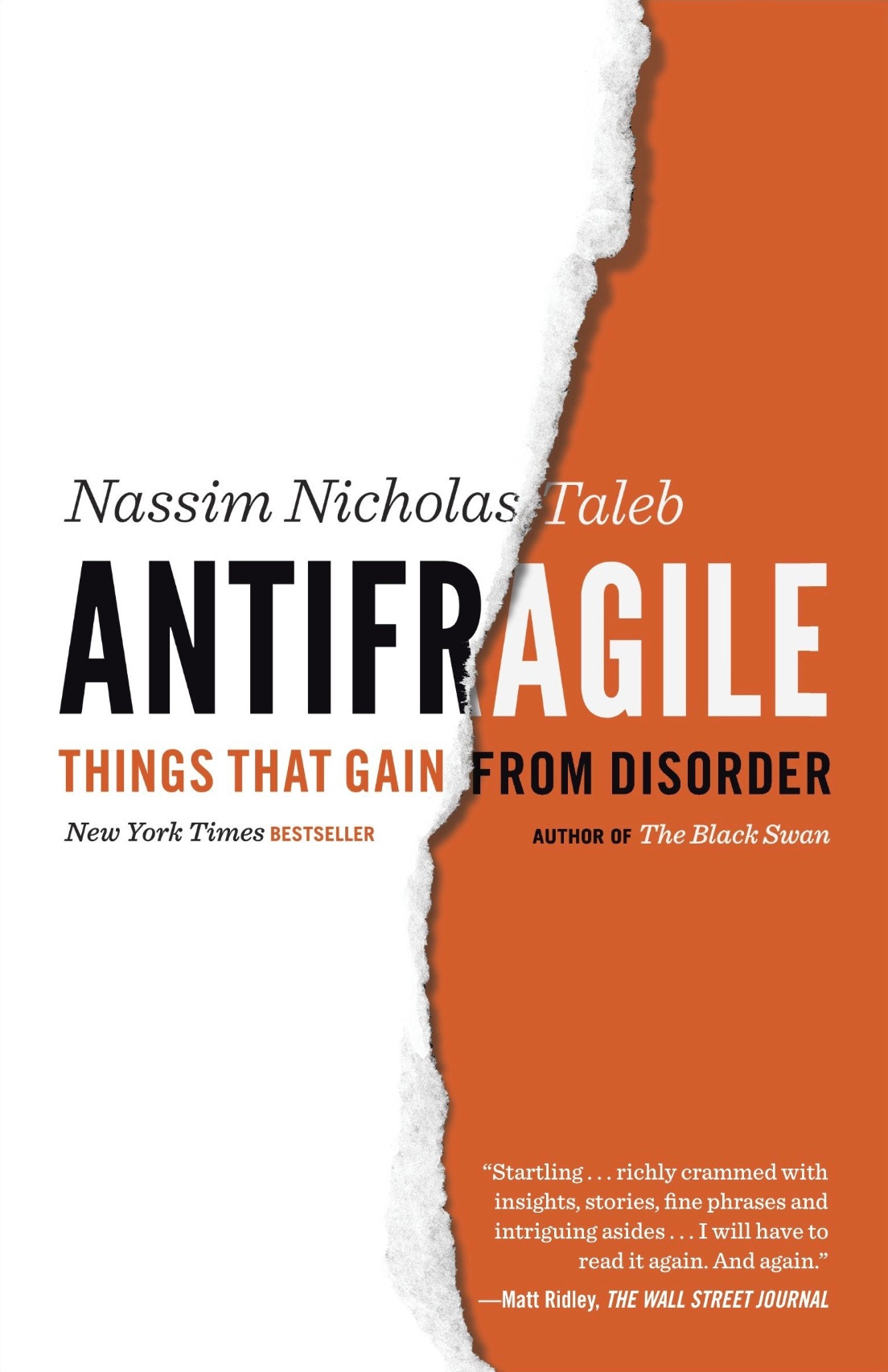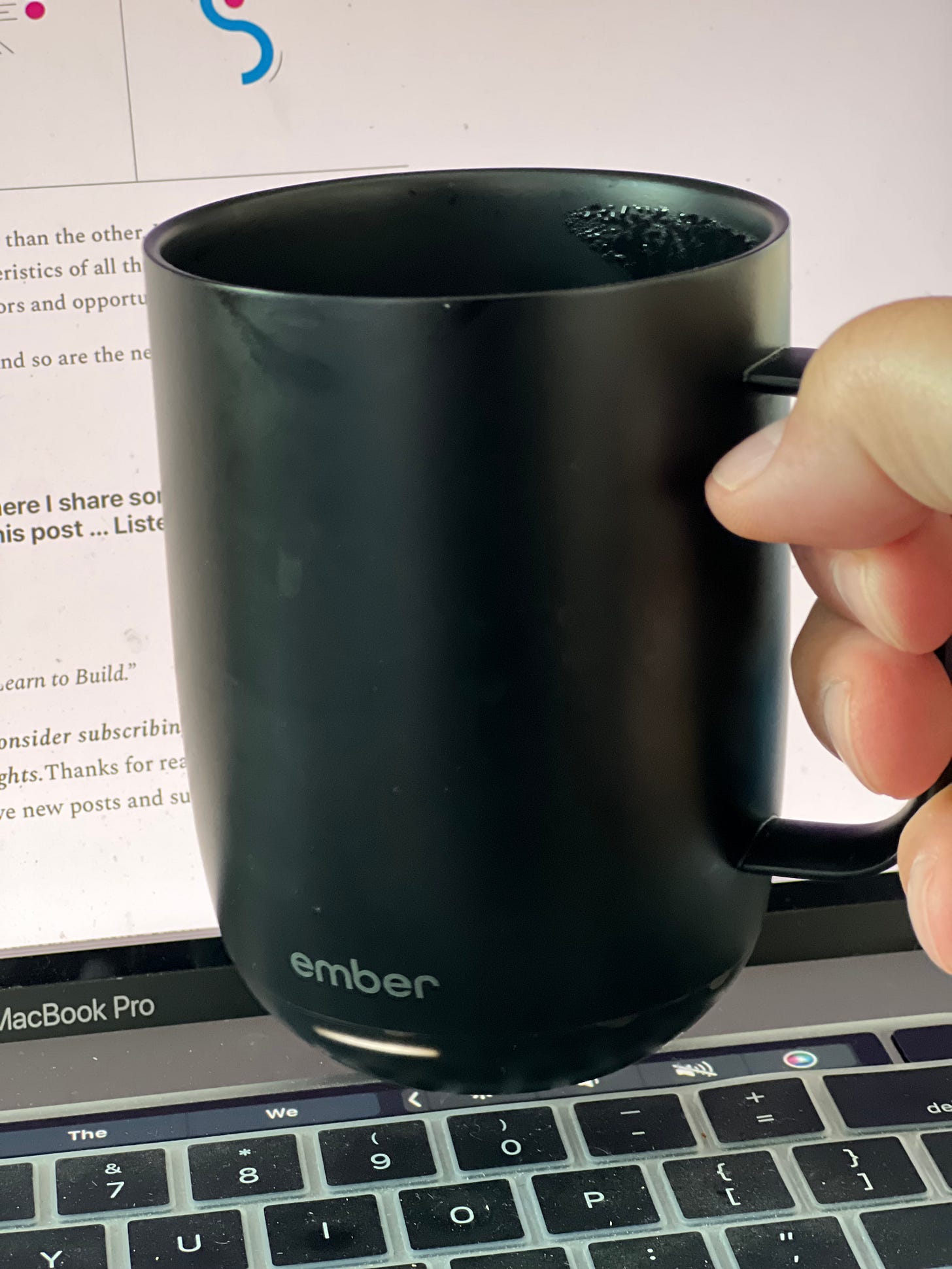Not long ago I wrote this on LinkedIn:
“The best out of what happens?
It never completely resonated with me the idea that no matter what, things happen for the best… as if you were to look at them deep enough and the hidden good will eventually surface.
I always felt that this thinking takes out of the equation the simple fact that sometimes bad things happen, end of story.
However what I do believe is that rather than to let us break with the events, we owe to ourselves to make every emotional and intellectual effort to create the best out of whatever happens in our lives, not just to bounce back but to learn, to adapt and to evolve.
That is the difference between fragility, resiliency and anti-fragility.”
In that post I was reacting to the common expression “things happen for the best” a variation of “everything happens for a reason” which I am not a big fan of either.
My problem is methodological, not philosophical.
It’s not that I don’t believe in the possibility that troubling events in the present time will help us grow; or even worse, that tragic situations can act as catalysts for positive transformation with great impact in the world. What I have trouble with, is accepting the premise that bad things happen as part of a pre-determined plan so the good can reveal, as if this were an axiom.
Saying that everything happens for a reason as the answer to anything bad that happens, establishes an order of causality or direct association between the bad today and the good tomorrow, that nobody can prove correct. How many bad has happened without any good following? I don’t know but I assume that some for sure.
Also, even when good follows, there are events that we would have preferred they never happened, no matter how strong we bounce back or how much meaning it comes from them. Those events that destroyed lives and shattered dreams didn’t necessarily happen for a reason, they just happened; and the “reason” was created afterwards. And I this is the case, it obviously violates an order of causality.
For the record, any religious belief or interpretation is left out of this reflection. It is not my intent to debate, agree or disagree with interpretations based on faith for which I have nothing but respect. I am simply trying to be logical in the observation.
This initial reflection was sparked several years ago when I came across the term anti-fragility, an intriguing term conjured up by Nassim Taleb to define phenomena that profit from disorder.
Nassim Taleb presents a clear differentiation: “Resilience is akin to bouncing back after performance has taken a hit. However, Anti-fragility is akin to enhancing performance when adversity strikes.”
Taleb breaks down these ideas into three distinct categories:
the fragile that cracks under stress,
the robust that endures up to a certain limit, and
the anti-fragile that harnesses stress to grow stronger.
These are interesting and easy to visualize categorizations, however the most important lessons that experience has taught me is that these aren't mutually exclusive experiences.
Take a bone for example, it is both fragile and anti-fragile. It can break under stress but it also gains with stress. Muscles when worked out are both robust during the stress period and anti-fragile over time.
In my attempt to better understand the implications of these concepts to leadership, I came across a debate essay published in April 2022 in the International Journal of Management Reviews, titled “Resilience, robustness, and anti-fragility: Towards an appreciation of distinct organizational responses to adversity” Int J Manag Rev. 2022;24:181–187 (open article)
The authors clearly state that they “conceptually contrast resilience with robustness and anti-fragility so that future research might craft a more nuanced understanding of the presence of all three concepts in management research, which is currently dominated by resilience.”
In retrospect, what I learned in my journey from resilience (corporate management amplified by the COVID-19 experience) to anti-fragility (literature amplified by growth minded communities) is that in order to use these terms appropriately and in a more complementary way, there is room for improvement in organizations, so that similar to situational leadership concepts, the different principles be used effectively in addressing challenges and uncertainties
Fragile leadership is vulnerable and easily disrupted by unexpected events, while robust leadership remains resilient and withstands adversity. However, it is the anti-fragile leader who thrives and grows stronger amidst chaos, turning challenges into opportunities for advancement.
To cultivate anti-fragility in leadership, leaders must foster a mindset that perceives setbacks as learning opportunities and embraces volatility as a catalyst for growth. They should encourage experimentation, promote adaptive thinking, and be open to feedback and criticism to continuously evolve and improve.
We can be emotionally fragile, robust, resilient and anti-fragile; all of it, depending on context, mindset, inner strength and needs under exceptional circumstances. The ability to master both resilience and anti-fragility as mechanisms of adaptation to the environment is a capability that needs building and developing; not natural expectations to random challenging circumstances.
If a team at a certain time needs robustness it will have to accumulate resources and develop capabilities that help them resit and withstand a tough environment. The goal is not to break.
If a team needs resilience, it will have to develop capabilities and team dynamics focused in, among other things, building trust and developing a strong sense of common purpose. The goal is recovery.
If a team needs anti-fragility, it will have to focus extensively on creating a growth mindset organization, building the muscles of agility and quick adaptability to change to shape the traits of a learning organization, ready to exploit new events. The goal is gain.
In the ever-changing landscape of leadership, embracing anti-fragility is essential for navigating challenges and thriving in unpredictable environments. Leaders who adopt this approach encourage innovation, learning, and growth, turning adversity into an opportunity to evolve and emerge stronger than before. By combining antifragility with resilience, leaders can proactively address crises while laying the groundwork for a more robust and future-proof organization.
Leadership is multifaceted and nuanced. It requires the construction of a wide array of capabilities, all tailored to the needs of the enterprise, the abilities of the team and the external circumstances that determine the context. By embracing the diversity of responses you will find yourself and your teams well-equipped to navigate the unpredictable waters of leadership.
P.S. Before I go, here you have “The Treat,” where I share some of the music that kept me company while writing … Enjoy as you bid farewell to this post
“Lead yourself, Learn to live. Lead others, Learn to Build.”
P.S. If you enjoyed reading this post consider subscribing to the newsletter for free, joining the community and sharing your thoughts.









